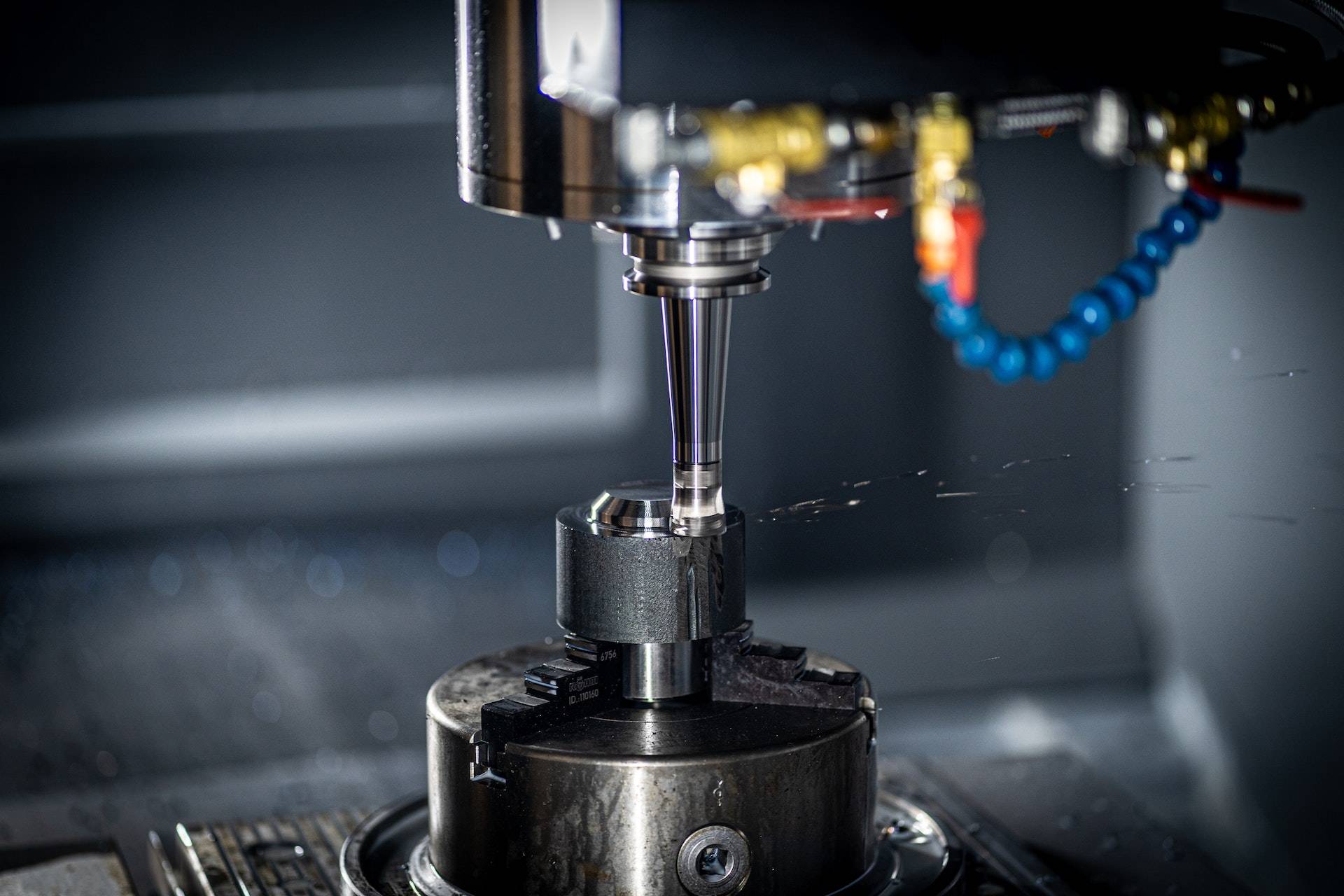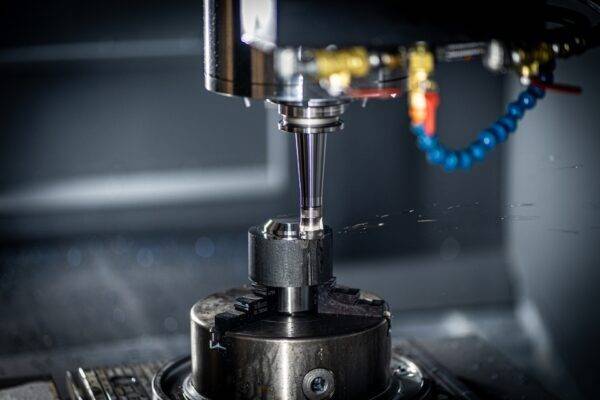CNC workstations are indispensable for crafting intricate and accurate components. The advent of automated machines has transformed manufacturing, boosting productivity and precision. In the pursuit of greater output and effectiveness, a crucial element tends to be neglected: ergonomics. Ergonomics in CNC workstations cannot be emphasized enough, as it profoundly affects the well-being, safety, and overall efficiency of the machine operators. We will explore the importance of ergonomics and its role in elevating the CNC workstation environment.
Understanding Ergonomics in CNC Workstations
Ergonomics is the science of designing and arranging the workplace to fit the capabilities and limitations of the human body. In the context of CNC workstations, it involves optimizing the workspace layout, machine controls, and tools to create a harmonious interaction between the operator and the equipment. Ergonomics minimize the physical strain and stress experienced by workers, prevent injuries, and enhance overall productivity.

Benefits of Ergonomics in CNC Workstations
- Health and Safety: Prolonged operation of CNC machines with inadequate ergonomic design may result in the development of musculoskeletal disorders (MSDs) like back pain, carpal tunnel syndrome, and repetitive strain injuries. By implementing ergonomic principles, companies can significantly reduce the risk of work-related injuries, absenteeism, and medical expenses.
- Increased Efficiency: An ergonomically optimized CNC workstation enables operators to work comfortably and efficiently. When the workstation is designed to minimize unnecessary movements and strain, it enhances the workflow, reduces fatigue, and increases overall productivity.
- Quality and Precision: Precision is paramount in CNC machining, and operator fatigue or discomfort can lead to errors and quality issues in the finished products. An ergonomically designed workstation allows operators to maintain focus and attention to detail, ensuring consistently high-quality output.
- Health and Safety: Enhancing Employee Morale and Satisfaction: Ensuring a secure and pleasant work environment elevates employee morale and fosters job satisfaction. When employees feel appreciated and supported, their motivation and commitment to their responsibilities increase.
- Long-term Financial Benefits: Although investing in ergonomic enhancements may appear as an initial expense, it ultimately proves to be a prudent long-term investment. The decline in injuries and the boost in productivity lead to reduced worker compensation claims, minimized downtime, and contribute to a more sustainable work environment.
Key Ergonomic Considerations in CNC Workstations
- Workstation Layout: Organize the workstation in a way that promotes natural body posture and reduces unnecessary movements. Position the CNC machine controls and tools within easy reach to minimize stretching and bending.
- Seating: Provide ergonomic chairs that support the lower back and promote good posture. Adjustable chairs are preferred, as they allow operators to find the most comfortable and supportive position.
- Lighting: Ensure adequate lighting to prevent eye strain and fatigue. Well-distributed, adjustable lighting can significantly impact the operator’s visual comfort.
- Noise and Vibration: Minimize noise and vibration levels in the workstation to avoid unnecessary stress on the operator’s senses and body.
- Training: Properly train CNC operators on ergonomic best practices. Teach them about proper body mechanics, the importance of breaks, and how to use adjustable features in the workstation.
Future developments according to leading experts
- Enhanced User Interface: Experts might focus on developing more intuitive and user-friendly interfaces for CNC workstations. Enhancements may encompass more intuitive touch-screen controls, interactive gesture-based interfaces, and seamless integration of virtual reality/augmented reality technologies, all aimed at elevating the user experience.
- Human-Machine Interaction: Advancements in ergonomics could involve creating more natural and seamless interactions between operators and CNC machines. This might include the implementation of voice commands, haptic feedback, or adaptive automation, where the system can adjust its behavior based on the operator’s actions and needs.
- Customization and Personalization: CNC workstations may become more tailored to individual users, taking into account their physical characteristics and preferences. Adjustable height and reach, as well as customizable control layouts, could help reduce operator fatigue and improve overall performance.
- Ergonomic Analysis Tools: Experts might develop specialized software and sensors to monitor operator movements and provide real-time feedback on ergonomics. This could help identify potential ergonomic risks, guide workstation setup, and improve overall workplace safety.
- Integrating Biomechanics and Health Considerations: Experts could explore how CNC workstations impact operators’ health and well-being over the long term. This research might lead to designs that minimize repetitive stress injuries, eye strain, and other health issues associated with prolonged CNC machine operation.
- Collaborative Robotics (Cobots): Collaborative robots that work alongside human operators are already in use in some industries. Ergonomics research might focus on optimizing the interaction between human operators and cobots to ensure efficient and safe workflows.
- Data-Driven Ergonomics: Advancements in data analytics and machine learning could be leveraged to analyze vast amounts of data from CNC workstations, helping experts identify trends, patterns, and potential ergonomic improvements.
- Sustainability and Environmental Considerations: Leading experts might also emphasize sustainable design principles, considering the environmental impact of CNC workstations and materials used in their construction.
